Japan Travel: The imperial Palace & Gardens

photo credit: Google Images
I’ve been to Tokyo a few times now and one of my favourite spot in the whole city are the Imperial East Gardens in the Chiyoda area. Whenever I’m in the city, I always find a moment (sometimes even more than one) to visit this amazing place, a green heart in Tokyo, full of history and tradition but surrounded by the modernity of this frantic city.
The Tokyo Imperial Palace (皇居 Kōkyo, literally “Imperial Residence”) is the primary residence of the Emperor of Japan. With its large parks it is located in the heart of the Chiyoda ward and contains buildings including the main palace (宮殿 Kyūden), the private residences of the Imperial Family, an archive, museums and administrative offices.
The current palace is built on the site of the old Edo Castle built by the shogun Tokugawa Ieyasu and the total area including the gardens is 1.15 square kilometres.
The history
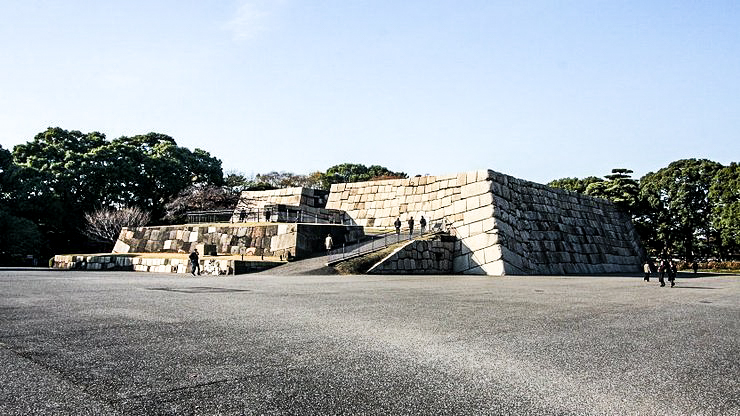

photo credit: japan-guide.com
Edo castle
Built by Tokugawa Ieyasu and assigned it to be the residence of the Tokugawa family, after the end of the shogunate and the Meiji Restoration, the Emperor left the Kyoto Imperial palace and moved to Edo Castle. This became his new residence and it was renamed to Tōkei Castle (東京城 Tōkei-jō), at this time, Tōkyō had also been called Tōkei.
On 5th May 1873, the Nishinomaru Palace (formerly the shōgun’s residence) was destroyed by a fire, and the new imperial Palace Castle (宮城 Kyūjō) was constructed on the site in 1888.
The non-profit organisation “Rebuilding Edo-jo Association” (NPO法人 江戸城再建) founded in 2004 has the aim of a historically correct reconstruction of at least the main donjon. This group plans to collect donations and signatures on a petition in support of rebuilding the tower of the old castle so that the capital city can have a symbolic building.


photo credit: Wikipedia, thetraveltester.com
The Old palace
In the Meiji era, most structures from the Edo Castle disappeared. Some were cleared to make way for other buildings while others were destroyed by earthquakes and fire.
In this case, the wooden double bridges (二重橋 Nijūbashi) over the moat were replaced with stone and iron bridges while the buildings of the Imperial Palace constructed in the Meiji era were made of wood.
When you first face the Imperial Palace you are suddenly transported into the classical and traditional Japanese architecture, but if you have the chance to walk those halls you’ll discover that on the inside, the palace is a mixture of then-fashionable Japanese and European elements. Western chairs, tables and heavy curtains furnish the spaces, the floors of the public rooms have parquets or carpets while the residential spaces us traditional tatami mats.
Guests were received in the main audience hall, which was the central part of the palace. Its floor space was more than 223 tsubo (approximately 737.25 m2 – 7,935.7 sq ft) and the interior the ceiling was in traditional Japanese-Style, while the floor was made out of parquet. For the roof, a style similar to the Kyoto Imperial Palace was maintained, however it was covered with fireproof coppered plates rather than the traditional Japanese cypress shingles.
More concrete buildings were added in the late Taishō and early Shōwa period, such as the headquarters of the Imperial Household Ministry and the Privy Council.
During the Second World War, on the night of 25th May 1945, most structures of the Imperial Palace were destroyed in the Allied firebombing raid on Tokyo. Due to this, a new main palace hall (宮殿 Kyūden) and residences were constructed on the western portion of the site in the 1960s and this area was renamed Imperial Residence (皇居 Kōkyo) while the eastern part was renamed East Garden (東御苑 Higashi-Gyoen) and became a public park in 1968.
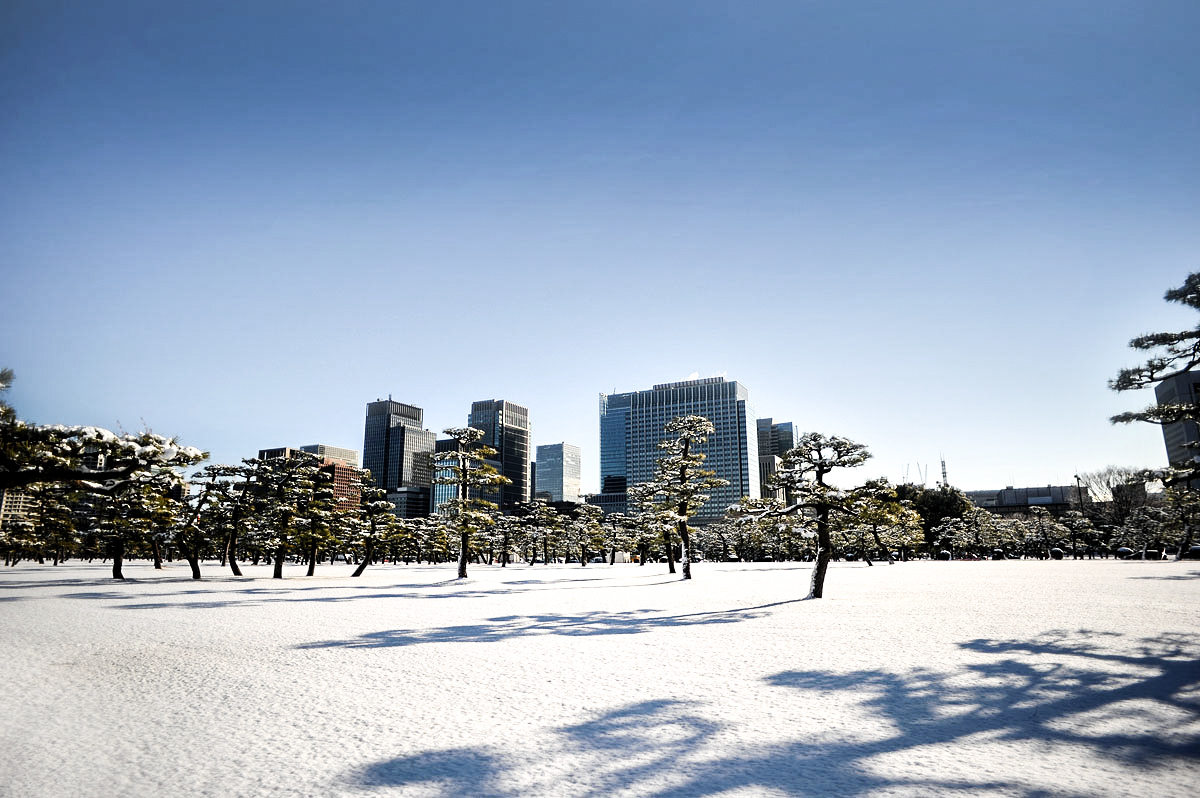
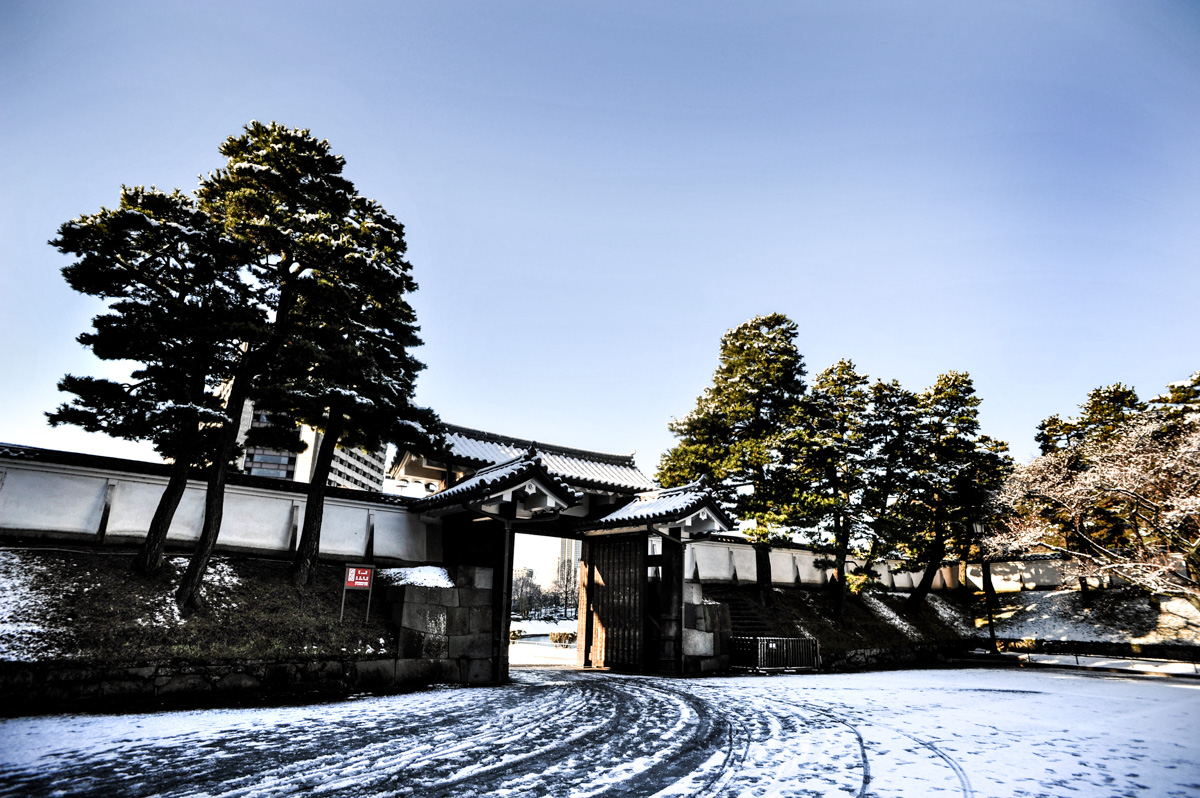
photo credit: tokyobling.wordpress.com
The Imperial Palace today
After surviving defining moment in history, the modern palace Kyūden (宮殿) was designed for various imperial court functions and reception is located in the old Nishinomaru section of the palace grounds.
As of today, the residence of the current Emperor and empress is located in the Fukiage Gardens and it is now on a much more modest scale, compared to what originally was.
Except for Imperial Household Agency and the East Gardens, the palace is generally closed to the public, except for reserved guided tours from Tuesdays to Saturdays. Each New Year (January 2) and Emperor’s Birthday, the public is permitted to enter through the Nakamon (inner gate) where they gather in the Kyuden Totei Plaza in front of the Chowaden Hall. On this occasion, the Imperial Family appears on the balcony before the crowd and the Emperor normally gives a short speech greeting and thanking the visitors and wishing them good health and blessings.
The Gardens
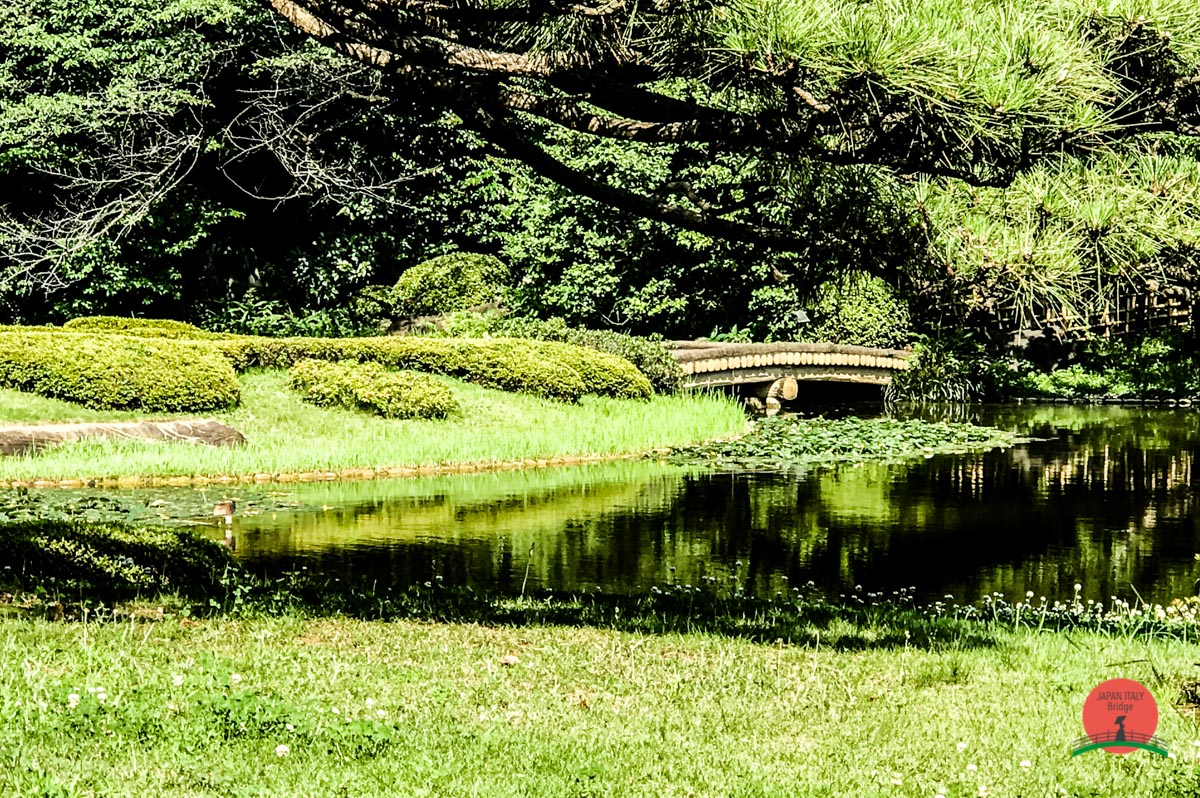

Fukiage Garden
This is probably the oldest garden of the complex. The Fukiage Garden has carried the name since the Edo period and this is where the Imperial Family lives today.
The Fukiage Ōmiya Palace (吹上大宮御所 Fukiage Ōmiya-gosho) in the northern section was originally the residence of Emperor Showa and Empress Kōjun and was called the Fukiage Palace. After the Emperor’s death in 1989, the palace was renamed the Fukiage Ōmiya Palace and was the residence of the Empress Dowager until her death in 2000.
Here you can also find the Three Palace Sanctuaries (宮中三殿 Kyūchū-sanden), parts of the Imperial Regalia of Japan and the sanctuary plays a religious role in imperial enthronements and weddings.


photo credit: Wikipedia
Tōkagakudō (Music Hall)
The Tōkagakudō (桃華楽堂, Peach Blossom Music Hall) is located to the east of the former main donjon of Edo Castle in the Honmaru and it was built was built in commemoration of the 60th birthday of Empress Kōjun on 6 March 1963. The ferro-concrete building covers a total area of 1,254 m2 (13,500 sq ft) and each of its eight outer walls is decorated with differently designed mosaic tiles.
Ninomaru Garden
If you want to have a quick look of the whole Japan vegetation, this is where you should be since symbolic trees representing each prefecture are planted in the northwestern corner of Ninomaru enceinte. Such trees have been donated from each prefecture and there are total of 260, covering 30 varieties.

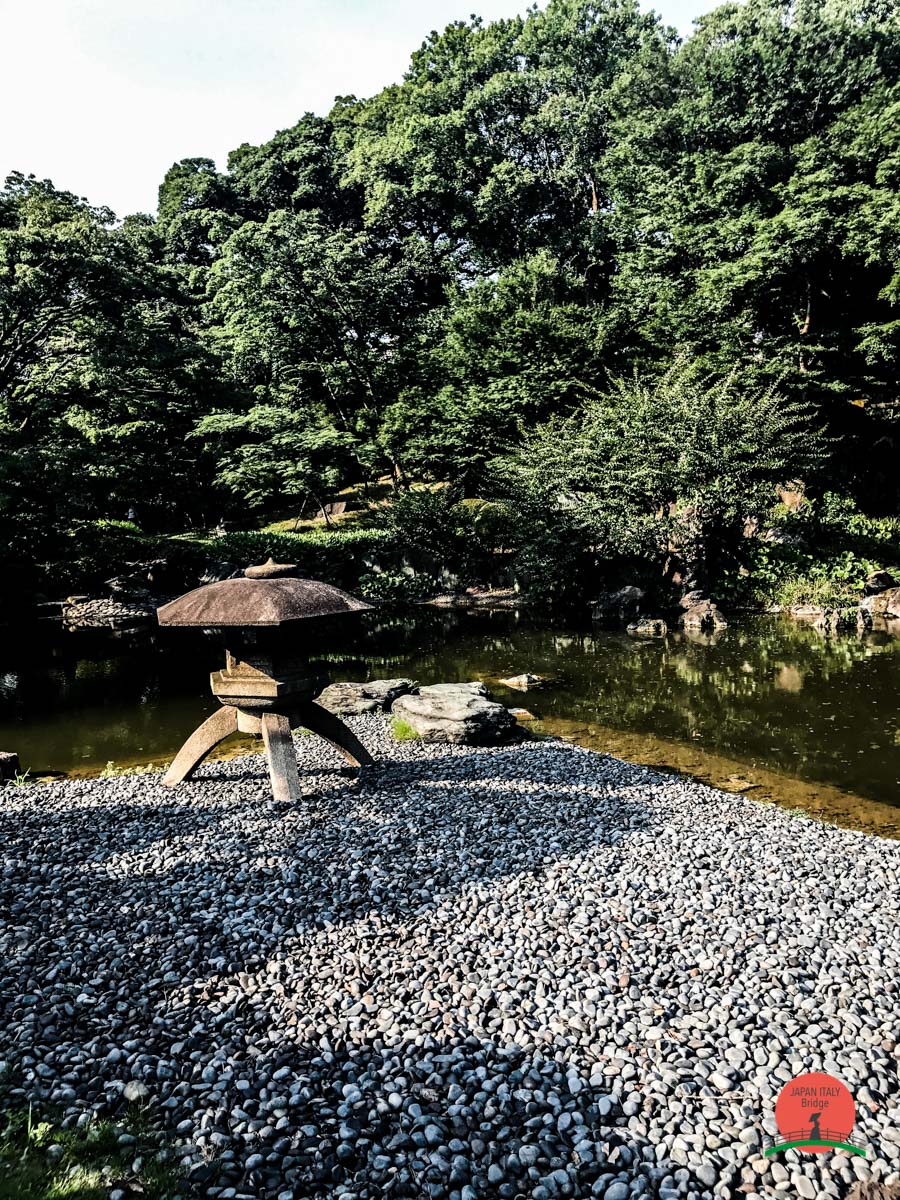
Kitanomaru
Located in the northern part of the enceinte of Edo Castle, this public park is famous for being the house of the Nippon Budokan Hall, one of the biggest sites for concerts, sports event and more.
Here you can also find a bronze monument dedicated to Prince Kitashirakawa Yoshihisa (北白川宮能久親王 Kitashirakawa-no-miya Yoshihisa-shinnō).
East Garden
And last but not least, the East Gardens the most famous of this whole complex. This is where most of the administrative buildings for the palace are located and encompasses the former Honmaru and Ninomaru areas of Edo Castle, a total of 210,000 m2 (2,300,000 sq ft). Located on the grounds of the East Garden is the Imperial Tokagakudo Music Hall, the Music Department of the Board of Ceremonies of the Imperial Household, the Archives and Mausolea Department Imperial Household Agency, structures for the guards such as the Saineikan dojo, and the Museum of the Imperial Collections.
Construction work began in 1961 with a new pond in the Ninomaru, as well as the repair and restoration of various keeps and structures from the Edo period. On 30 May 1963, the area was declared by the Japanese government a “Special Historic Relic” under the Cultural Properties Protection Law.


This is actually my personal favourite and whenever I come to Tokyo, I always try to spend one afternoon here. It’s one of the most visited landmarks of the city, that’s true, but in spite of all the tourists walking around, there is this magical atmosphere of tranquillity in the air and it’s the perfect spot to just sit, read a book, write on your notebook all the adventures you’ve had in this amazing city and just take in all the history this place has seen.
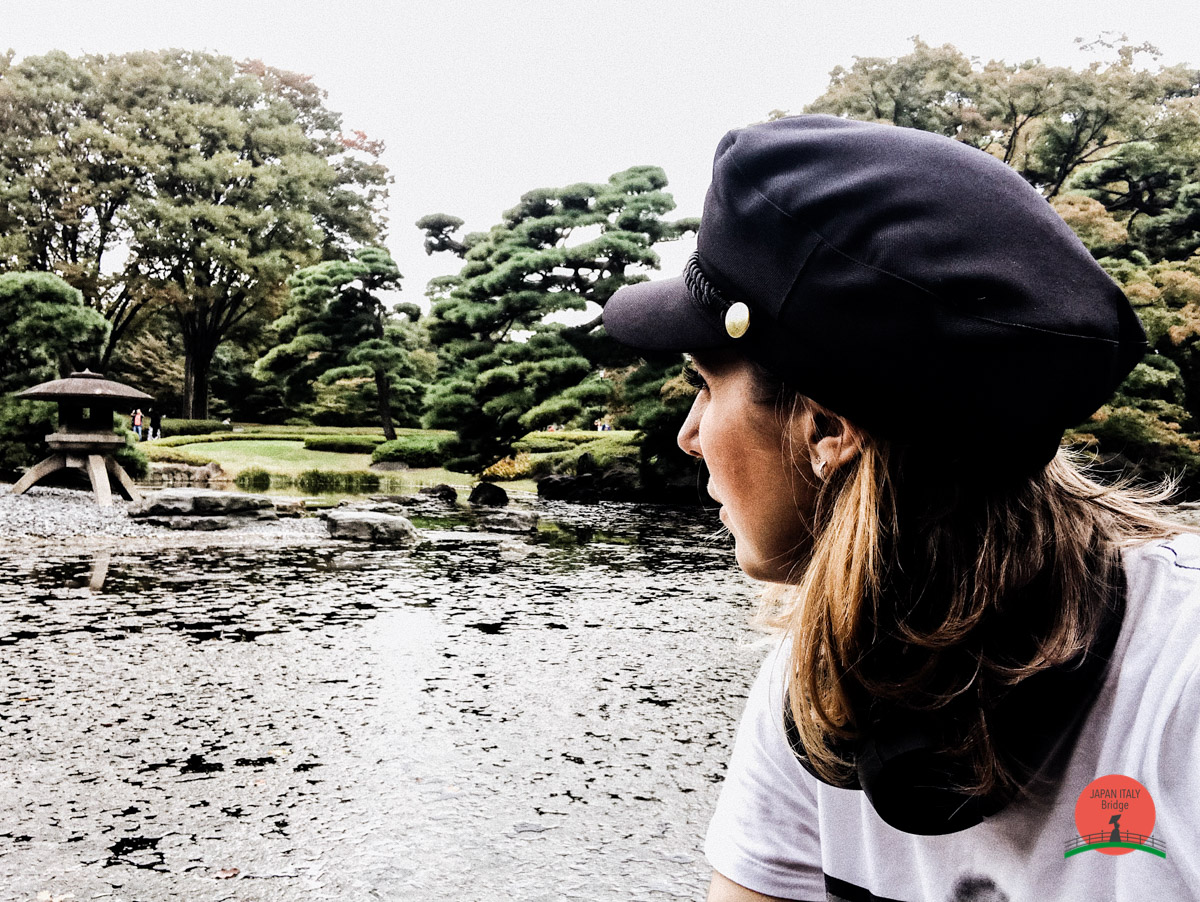
Access
The Otemon entrance to the East Gardens is a short walk from Otemachi Station on the Chiyoda, Tozai, Marunouchi, Hanzomon and Mita Subway Lines. It can also be reached in a 10-15 minute walk from Tokyo Station.
Opening Hours
9:00 to 16:30 (until 17:00 from mid April through August; until 16:00 from November through February). Admission ends 30 minutes before closing.
Closed
Mondays, Fridays, New Year (Dec 28 to Jan 3) and some special occasions. If Monday or Friday is a national holiday, the gardens are closed on the following day instead.
Admission
Free
Share this:
- Click to share on Facebook (Opens in new window)
- Click to share on Twitter (Opens in new window)
- Click to share on Tumblr (Opens in new window)
- Click to share on Pinterest (Opens in new window)
- Click to share on Telegram (Opens in new window)
- Click to share on WhatsApp (Opens in new window)
- Click to share on Reddit (Opens in new window)
- Click to print (Opens in new window)






